When investing in a dump trailer, it’s crucial to understand the myriad of factors that determine its functionality, durability, and overall value. This guide serves to elucidate the essential aspects one should consider, providing clarity and insight into the decision-making process.
Understanding Your Needs
1. Purpose of the Dump Trailer
Before making any purchasing decisions, it’s imperative to identify the primary purpose of the dump trailer:
- Construction Projects: If your needs are construction-related, you’ll require a robust trailer capable of handling heavy materials like soil, concrete, and gravel.
- Landscaping: For landscaping tasks, a trailer suited for lighter materials and ease of use is beneficial.
- Waste Disposal: If the main goal is waste removal, efficiency in loading and unloading becomes paramount.
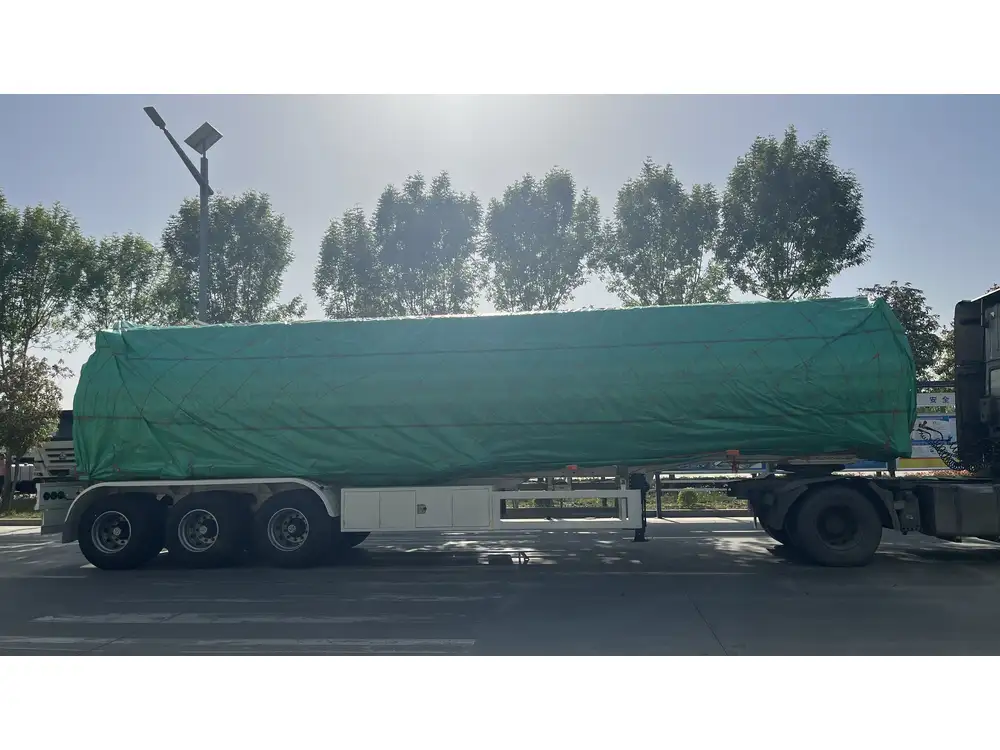
Table: Trailer Use Cases
| Use Case | Weight Capacity Required | Ideal Features |
|---|---|---|
| Construction | High | Reinforced frame, hydraulic lift |
| Landscaping | Medium | Lightweight, easy to maneuver |
| Waste Disposal | Low to Medium | Easy dumping mechanism |
Trailer Configurations
2. Types of Dump Trailers
The type of dump trailer significantly impacts performance and usability. Here are the basic configurations available:
- Gooseneck Trailers: These trailers provide enhanced stability and are excellent for heavy loads. They attach to a ball hitch located in the bed of a truck.
- Bumper Pull Trailers: More common for light to medium use, these trailers attach to a standard hitch and are easier to maneuver.
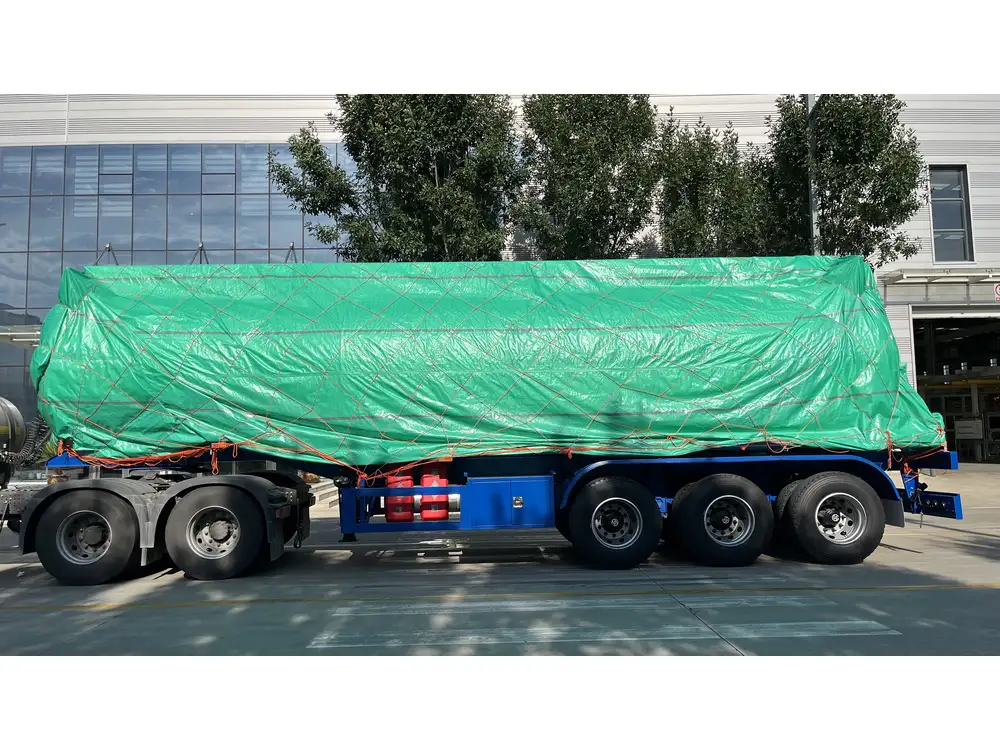
3. Capacity and Dimensions
Capacity is a key determinant when selecting a dump trailer. Dump trailers often come in various size configurations, typically measured in cubic yards.
- Light-duty Trailers: Carry loads up to 5 tons, suitable for landscaping or small debris removal.
- Medium-duty Trailers: Handle loads between 5 to 10 tons, ideal for construction or larger landscaping projects.
- Heavy-duty Trailers: Capable of carrying more than 10 tons, intended for serious construction or demolition work.
Comparison: Trailer Weight Capacities
| Trailer Type | Light-Duty (up to 5 tons) | Medium-Duty (5-10 tons) | Heavy-Duty (10+ tons) |
|---|---|---|---|
| Gooseneck | ✔️ | ✔️ | ✔️ |
| Bumper Pull | ✔️ | ✔️ | ❌ |
Construction Quality
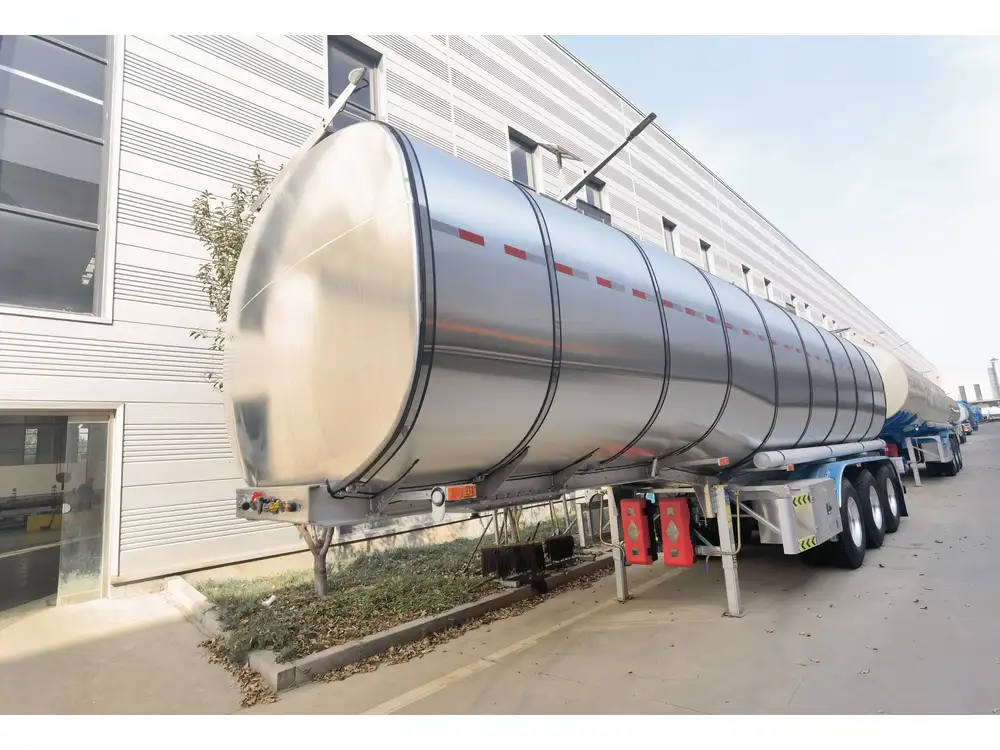
4. Materials and Build
The construction quality significantly influences the efficiency and lifespan of a dump trailer.
- Steel vs. Aluminum: Steel offers durability and strength, making it preferable for heavy-duty tasks. Aluminum is lighter and resistant to rust, ideal for lighter use.
- Frame: Look for a trailer with a robust frame structure that ensures stability during transport.
Key Features to Inspect
- Welding Quality: Ensure that the welds on the frame and joints are robust.
- Material Thickness: Thicker materials generally provide better resistance against wear and tear.
Hydraulic Systems
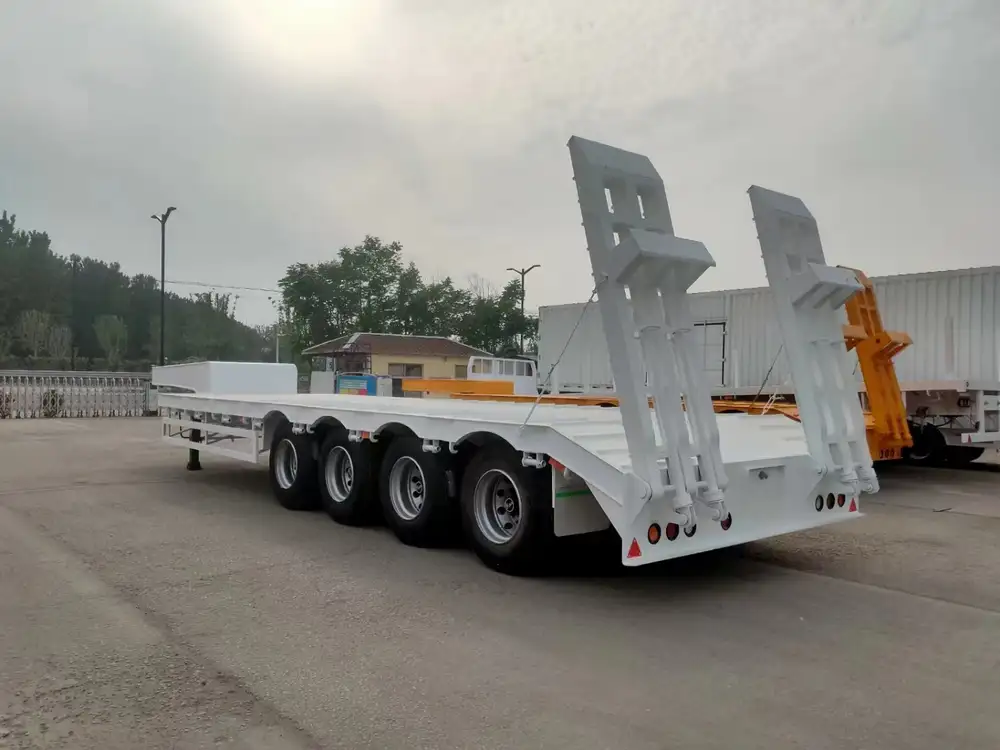
5. Lift Mechanism
The functionality of the hydraulic lift is vital for ease of use. Here are key considerations:
- Single Cylinder vs. Dual Cylinder: A single cylinder is typically sufficient for light loads, whereas dual cylinder systems offer better lifting power and stability for heavier payloads.
6. Hydraulic Capacity
Check the hydraulic capacity, as it dictates how much weight can be lifted effectively. Typical hydraulic systems have capacities ranging from 3 to 10 tons.
Table: Hydraulic Systems Comparison
| System Type | Load Capacity | Stability | Maintenance Level |
|---|---|---|---|
| Single Cylinder | Low | Moderate | Low |
| Dual Cylinder | High | High | Moderate to High |

Axle Configuration
7. Number of Axles
The number of axles affects load handling, stability, and maneuverability. Here’s how to determine the right setup:
- Single Axle: Best for lighter loads; easier to handle in tight spaces.
- Tandem Axles: Recommended for heavy-duty applications; distributes weight more evenly and increases stability.
Comparison: Axle Types
| Axle Type | Load Capacity | Turning Radius | Stability |
|---|---|---|---|
| Single Axle | Lower | Tighter | Moderate |
| Tandem Axles | Higher | Wider | Greater |

Wheel Options
8. Wheel Size and Type
The wheel size can greatly influence the performance of your dump trailer.
- Larger Wheels: Provide better stability on rough terrain and better ground clearance.
- Tire Types: Choosing between radial and bias tires can impact durability, traction, and ride quality; radial tires usually offer better performance for heavier loads.
Loading and Unloading Features
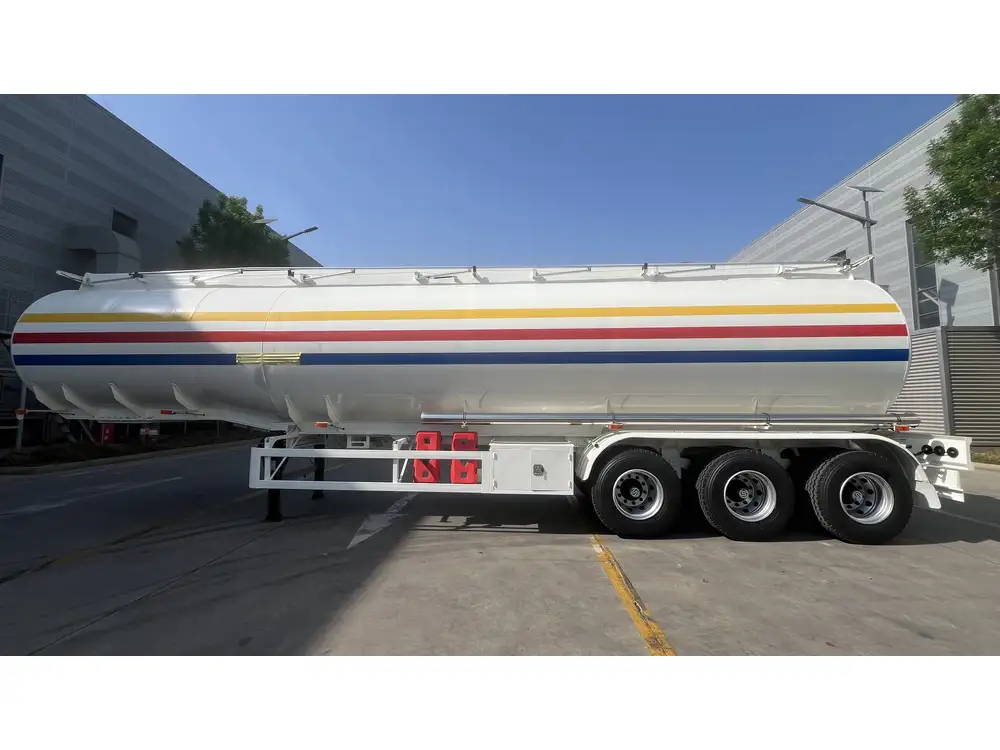
9. Tailgate Options
The tailgate design can facilitate efficient loading and unloading. Consider these options:
- Standard Tailgate: Simple and effective, suitable for most applications.
- Barn Doors: Offer wider access, making it easier to unload materials like landscape rock or debris.
10. Dump Angle and Design
A trailer’s dump angle impacts its unloading efficiency:
- Opt for a trailer that allows an angle of at least 45 degrees for effective material discharge.
Safety Features

11. Brake Systems
A reliable braking system is critical for safety on the road:
- Electric Brakes: Provide superior stopping power and are easier to control than standard brakes.
- Surge Brakes: Automatically engage when the trailer is in motion, offering additional safety.
12. Lighting and Visibility
Ensure your dump trailer is equipped with adequate lighting for nighttime use, including:
- LED Lights: Offer longevity and better visibility.
- Reflectors: Important for safety and visibility during dark conditions.
Price and Warranty Considerations
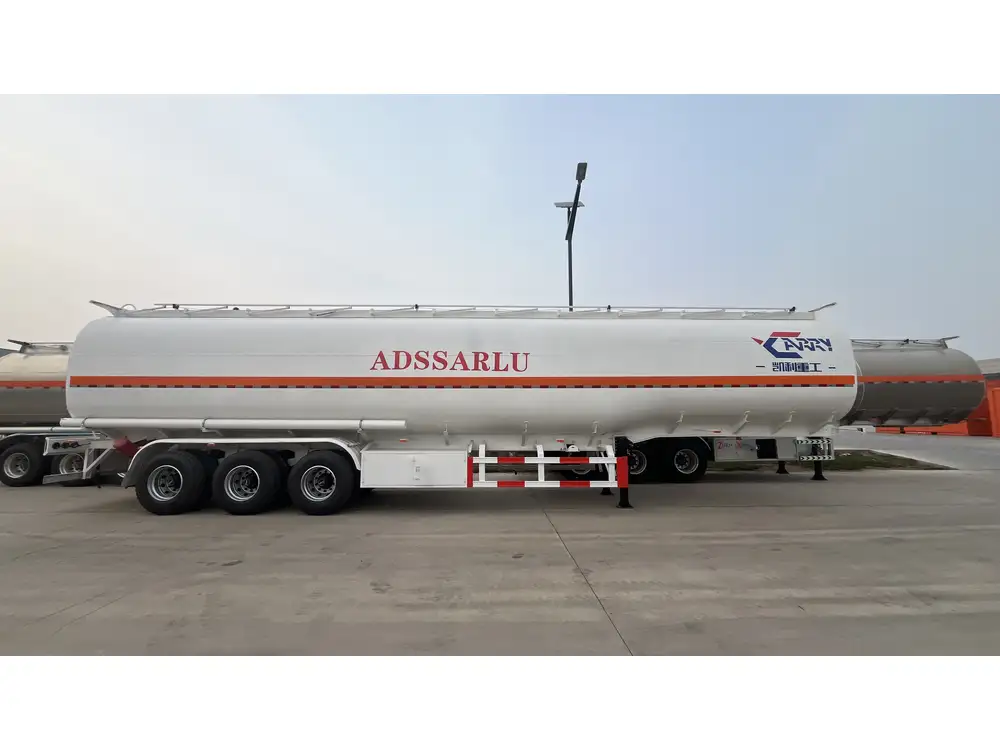
13. Budgeting for Your Dump Trailer
Understanding your budget varies with specifications, brand, and dealer reputation. Ensure you factor in:
- Initial Cost: Includes trailer purchase, taxes, and registration fees.
- Operating Costs: Maintenance, repairs, and potential upgrades.
14. Warranty Information
A comprehensive warranty often indicates confidence from the manufacturer. Evaluate the warranty terms, focusing on:
- Coverage Length: Longer warranties typically relate to better quality.
- Parts Included: Ensure essential components like the frame and lift mechanisms are covered.
Final Recommendations
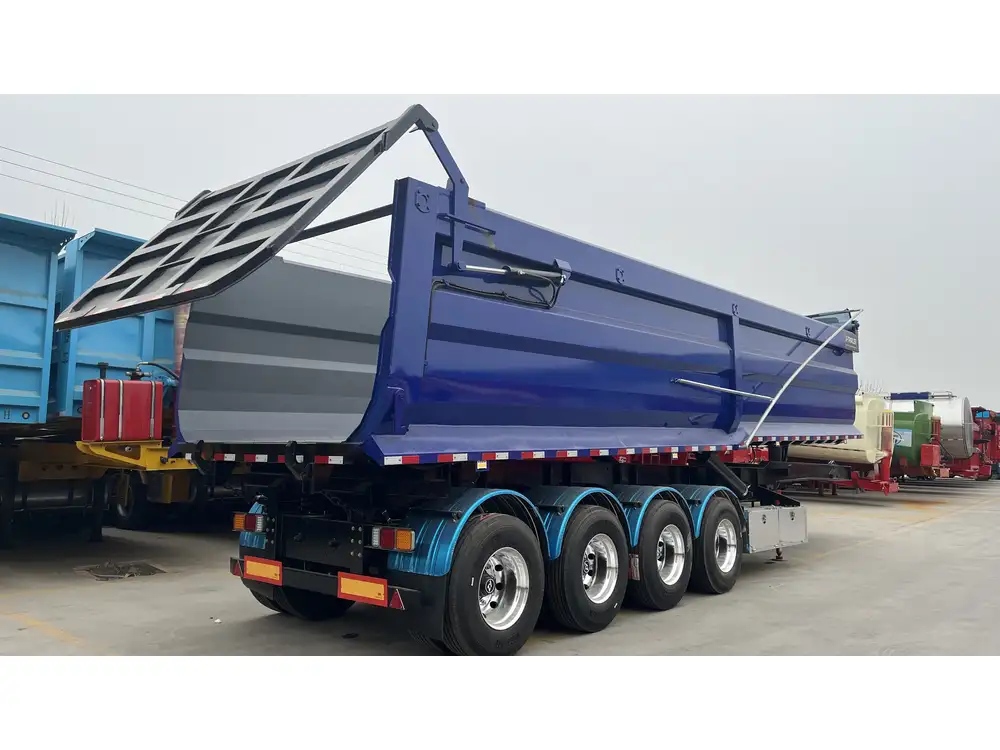
15. Where to Buy Your Dump Trailer
- Local Dealerships: Often provide the opportunity to inspect the trailer before purchase and offer personalized service.
- Online Platforms: Growing in popularity; often provide competitive pricing but require careful research and comparison.
16. Test the Trailer
Before finalizing your purchase, it’s advisable to perform a test run:
- Inspect Loading and Unloading: Check how smoothly the dumping mechanism operates.
- Stability Test: Assess how the trailer behaves when loaded.
Conclusion
Choosing the right dump trailer involves a meticulous consideration of various factors including purpose, material quality, weight capacity, hydraulic systems, safety features, and budget constraints.By understanding these criteria and conducting thorough research, one can make a well-informed decision that meets operational needs and ensures a solid return on investment.
Feel empowered to explore your options, engage with reputable dealers, and ultimately invest in a dump trailer that aligns perfectly with your requirements.



